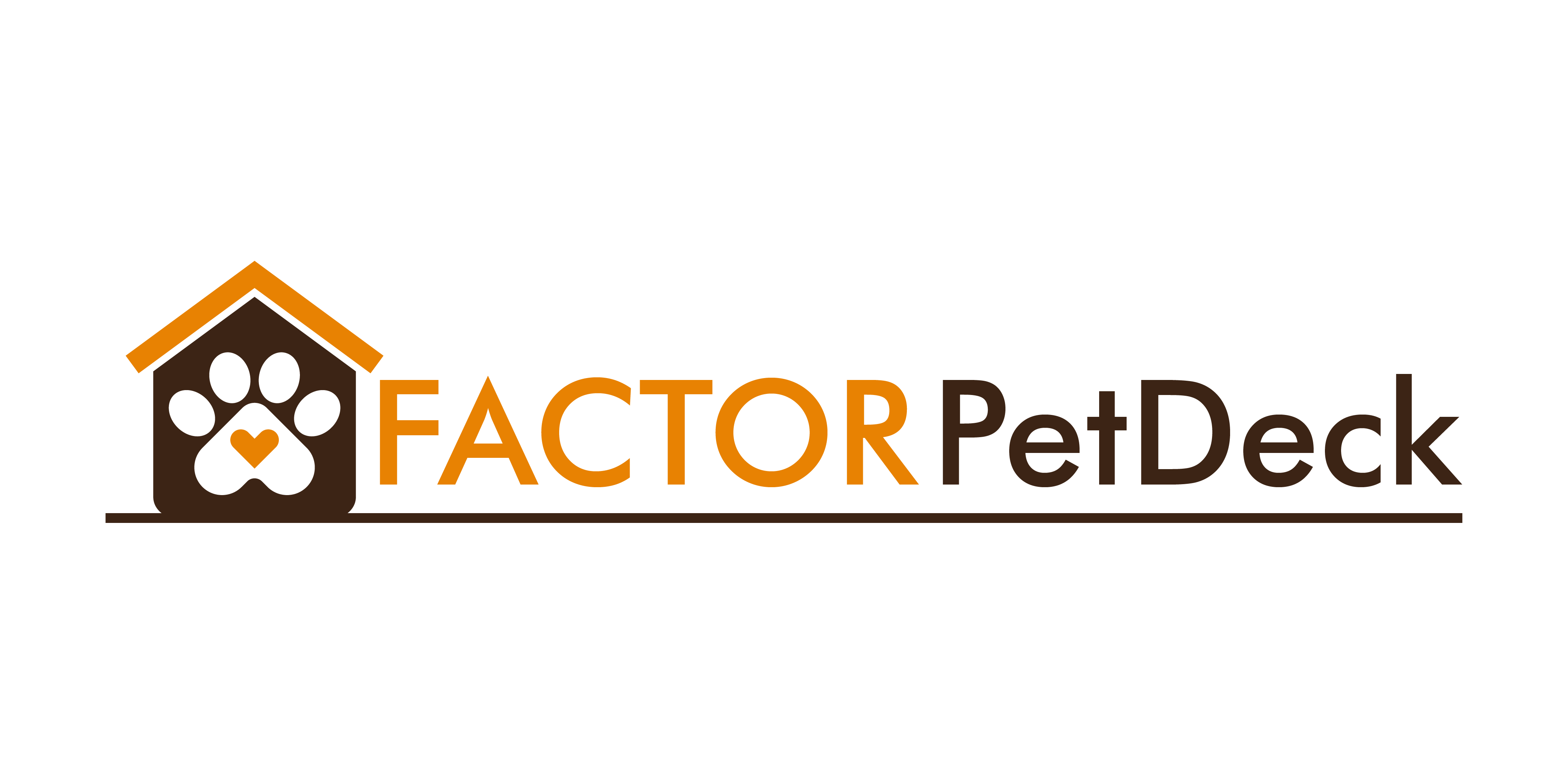Understanding Your Pet’s Nutritional Needs
Cats and dogs might both be cute, but their dietary needs couldn’t be more different. Cats are obligate carnivores—meat isn’t just preferred, it’s essential. They need specific nutrients like taurine and arachidonic acid, which are only found in animal tissues. Dogs, on the other hand, are omnivores, capable of digesting a wider range of ingredients—including vegetables, grains, and fruits. Their diets can be more flexible, but they still need high-quality proteins as a foundation.
What your pet eats should also evolve with age. Puppies and kittens need calorie-dense, nutrient-rich food to support rapid growth. Adults thrive with balanced maintenance formulas, while seniors may need lower-calorie, joint-supporting diets that are easy to digest. Skipping life stage adjustments can cause long-term issues—from obesity to organ stress.
Then there are the wild cards: allergies, food sensitivities, and even breed-specific quirks. Bulldogs might struggle with grains; some retrievers have chicken intolerances. Short-haired cats often need more fatty acids to maintain a shiny coat. Pay attention to scratching, digestive issues, or low energy—they’re hints that your current food might not be a great fit. Always read ingredient lists, and when in doubt, talk to your vet. Just like you wouldn’t feed a bodybuilder and a ballet dancer the same meal, your pet needs food tailored to who they are and where they’re at in life.
Comparing Major Pet Food Types
Choosing the right type of pet food is just as important as selecting the right brand. Each format—dry, wet, raw, or prescription—offers unique benefits and considerations. Understanding when and why to choose each can help ensure your pet stays healthy and happy.
Dry Food (Kibble)
Pros:
- Convenient to store and measure
- Typically more affordable than other types
- Supports dental health through crunch and abrasion
Cons:
- May lack moisture content, which is important for some pets
- Some brands rely on fillers or artificial additives
- Not ideal for pets with dental problems or specific protein sensitivities
Top Trusted Brands:
- Hill’s Science Diet
- Blue Buffalo
- Purina Pro Plan
- Royal Canin
Wet Food (Canned or Packets)
When It’s a Better Fit:
- Great for pets who need extra hydration, such as cats or senior dogs
- Often more palatable for picky eaters
- Easier to chew for pets with dental issues
Considerations:
- Shorter shelf life after opening
- May be more expensive per serving
- Can be messier to handle and store
Recommended Brands:
- Wellness Complete Health
- Fancy Feast (cats)
- Merrick Grain-Free
- Iams ProActive Health
Raw and Fresh Meal Services
Why It’s Trending:
- Focus on human-grade, minimally processed ingredients
- Customizable based on your pet’s profile
- Often delivered fresh to your door
Things to Consider:
- Higher cost compared to traditional pet foods
- Storage can require refrigeration or freezing
- Requires strict handling and hygiene to avoid contamination
Popular Services:
- The Farmer’s Dog
- Nom Nom
- Ollie
- Stella & Chewy’s (raw/freeze-dried)
Specialty and Prescription Diets
Purpose-Built for Health Needs:
- Addresses conditions like kidney disease, diabetes, or food allergies
- Formulated and often tested under veterinary supervision
Use With Caution:
- Should only be used when prescribed by a veterinarian
- Tends to be more expensive than conventional diets
- Not all pets tolerate specialized formulas equally
Well-Known Options:
- Hill’s Prescription Diet
- Royal Canin Veterinary Diet
- Purina Pro Plan Veterinary
Each pet is unique. Understanding these core food types can help you match your pet’s health needs with the right feeding approach.
Top Pet Food Brands Side-by-Side
When choosing the best pet food brand, it’s important to go beyond the marketing and compare what’s actually in the bag (or can). Here’s a side-by-side look at four popular brands, based on ingredient quality, protein content, pricing, and more:
Comparison Table
| Brand | Style | First Ingredient | Protein % | Price Range | Known For | |———|————–|——————–|———–|————-|—————————-| | Brand A | Dry/Wet | Real Chicken | 28% | $$ | Trusted daily nutrition | | Brand B | Raw/Fresh | Turkey & Veggies | 34% | $$$ | Human-grade ingredients | | Brand C | Prescription | Salmon | 25% | $$$$ | For digestive issues | | Brand D | Kibble | Beef | 27% | $ | Budget-friendly option |
Ingredient Transparency
Not all pet food brands are equal when it comes to being transparent about what’s inside:
- Brand A: Offers clean labeling, avoids artificial preservatives.
- Brand B: Shares full sourcing info and uses human-grade components.
- Brand C: Requires vet authorization, but limited public ingredient detail.
- Brand D: Clearly labeled but uses more fillers and by-products.
Watch for:
- Meat listed as the first ingredient (a good sign of protein focus).
- Minimally processed ingredients.
- Avoidance of artificial colors, preservatives, and vague terms like “animal meal.”
Recalls and Safety History
Safety is crucial, especially if your pet has sensitivities:
- Brand A & B: No recent recalls, backed by strong quality control practices.
- Brand C: Requires veterinary oversight; high safety standards.
- Brand D: Has had minor past recalls—check current status before buying.
Vet-Backed vs. Marketing-Driven
Understanding who stands behind the brand can help you judge its quality:
- Vet-Backed Brands: Brand C and parts of Brand A are commonly recommended by veterinarians.
- Marketing-Heavy Brands: Brand D often leans more on price and convenience than clinical research.
Key Takeaway
Use brand comparisons as a starting point—but always look deeper. Ingredient quality, safety history, and your pet’s individual needs should guide your decision more than packaging or popularity.
Reading the Label: What Actually Matters
When it comes to pet food, the back of the bag is more telling than the front. First thing to look at: the first ingredient. Ideally, it should be a named meat—like chicken, beef, or salmon—not a by-product or something vague like “meat meal.” By-products can include everything from organs to feathers. Not necessarily harmful, but not top-tier either. If you want straightforward, quality protein, go real or go home.
Next up: the grain-free craze. It exploded a few years back, but now it’s being viewed with more nuance. Unless your pet has a diagnosed grain allergy, grain-free isn’t automatically better. In fact, some grain-free formulas replace grains with starch-heavy fillers like potatoes or peas, which don’t necessarily boost nutrition and may lead to other health issues. Bottom line: don’t fear grains without reason.
And finally, the chemical clutter. Steer clear of artificial colors (they’re for you, not your pet), tough-to-pronounce preservatives like BHA/BHT, and unnecessary additives. They bulk up the label but do little for your pet’s health. Simpler is usually safer. If it reads like a science experiment, it’s probably not dinner.
Read past the buzzwords. The difference between shelf filler and real nutrition is often a careful second look at the label.
Budget vs. Value: What’s Really Worth Paying For?
Pet food costs stack up fast, especially when you’re staring down a $70 bag of “wild-caught holistic blend” kibble. But price per meal isn’t the full story. Cheap food that skimps on protein or loads up on fillers can lead to issues down the line—dull coats, upset stomachs, or even chronic conditions that cost more at the vet than you saved at checkout.
What you want is true value. That means scanning past the marketing buzzwords and zeroing in on the label. Is real meat listed first? Are there whole veggies, not just vague “meal blends”? A lot of flashy brands bank on boutique packaging without upgrading what’s inside. If you’re unsure, compare ingredients side-by-side and look for feeding trials or vet accreditation.
You don’t have to go all-in on premium food either. Smart pet owners often mix higher-end kibble with a reliable, moderately priced base to stretch dollars without cutting corners. Supplementing with fresh foods (like plain chicken or chopped veggies—check what’s safe!) occasionally boosts variety and nutrition without breaking your budget.
Long story short: paying extra makes sense—but only when the quality is there. Know what matters. Know where the fluff is. And feed smarter, not just pricier.
Factor in Your Lifestyle
The right pet food doesn’t just depend on what’s inside the bag—it depends on how that food fits into your life. If you live in a small apartment, bulk-buying giant sacks of kibble might not be realistic. Fresh or raw food services require refrigerator and freezer space, and not everyone’s set up for that. Before committing to a food type or brand, take five minutes to think about where it actually goes and how it will be used.
Feeding convenience matters too. Some pets graze throughout the day, others need strict portion control. Automated feeders can help with both. They’re especially useful for busy owners or for keeping pets on a schedule during long workdays or travel. Many are programmable by app, with features like portion sizing, multiple feed times, and notifications when the hopper’s empty.
And speaking of travel—if you regularly bring your pet along, opt for foods that pack easily and won’t spoil quickly. Freeze-dried options or travel pouches work well on the go, and don’t overlook collapsible bowls or food storage containers designed for transport.
Pet ownership is part routine, part adaptation. Match your food choices to the way you actually live. If not, it’s just another hassle.
(See also: Essential Grooming Tools Every Pet Owner Needs)
Final Takeaway: Know Your Pet, Then Choose the Brand
There is no universal answer when it comes to pet food. Your pet’s unique health, preferences, and lifestyle should guide your decisions.
Focus on Your Pet First
Before diving into brand comparisons or flashy labels, start with what matters most:
- Breed and age-specific needs: What works for an active Labrador puppy may not suit a senior indoor cat.
- Health and behavior cues: Pay attention to digestion, coat quality, energy levels, and any signs of allergies.
- Vet input: Routine check-ins and bloodwork can help confirm whether your pet’s current diet is working.
Use Trusted Reviews as a Starting Point
Online reviews and rating platforms can be helpful, but not all feedback is reliable. Look for:
- Consistent reports across multiple platforms
- Reviews from pet owners with similar animal types and health concerns
- Vet-backed recommendations included in product assessments
Stay Flexible As Your Pet Changes
What works today may not work forever. Be ready to evaluate and adjust:
- Life stage transitions: Food formulas often change between puppy/kitten, adult, and senior stages.
- Lifestyle factors: Weight gain, increased activity, or health issues may require a diet shift.
- Personal preference: Some pets are simply picky—try samplers before committing to large bags or subscriptions.
Your pet is the best feedback tool you have. Watch, listen, and adapt as needed to give them the healthiest life possible.




